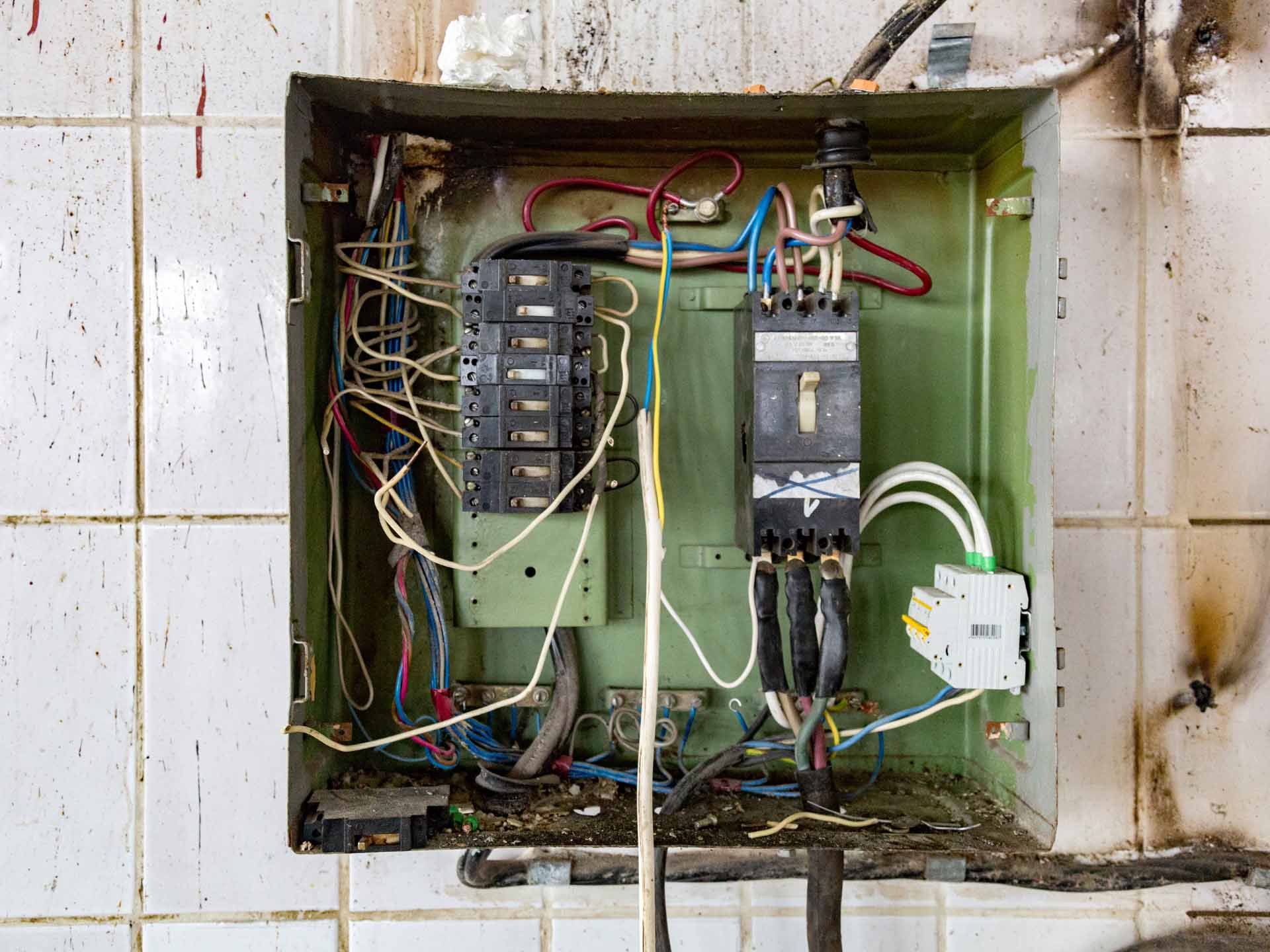Property pitfalls during the Spring selling season

Association spokesperson Mr Chris Short, said improved weather conditions and the start of warmer days traditionally saw a spike in sellers putting their homes on the market.
“Buying a home is the biggest purchase most of us will ever make, and having a building inspection done by an experienced building consultant should be one the highest priorities for a buyer because it will assist in making an informed purchase decision,” Mr Short said.
“To the untrained eye a building might appear to be in good order, but the best option is to engage an experienced building consultant who is trained to look for problems lurking below the surface,” he said.
“If an inspection uncovers any concerns it doesn't have to mean the end of the sale. It simply gives a clear understanding about what needs urgent attention and what longer term maintenance should be considered, so that a dream home doesn't become a nightmare.”
The Association has urged buyers to understand their rights and responsibilities during the purchase process - especially when it comes to getting a building inspection.
"If you are serious about buying a property, you can have a building inspection done at any stage of the sales process, and it is not conditional to having signed a contract and does not have to be delayed until any cooling off period,” Mr Short said.
Often a pre-sale spruce up of a home can range from little more than a basic clean through to filling of large cracks, repainting, retiling, re-grouting, and can even include new floor coverings.
Some handy tips that a prospective buyer should keep in mind when walking through a potential purchase include:
- Consider if the property looks tired because it may serve as warning that regular maintenance hasn’t occurred for a period of time.
- A fresh makeover could be mask more sinister problems, such as termite damage, salt damp, structural issues, rotted timbers, corroded steelwork, or unlicensed and dangerous electrical work.
- Large trees nearby can mean problems such as blocked drains, damage to paths and even damage to house footings. They can also cause serious structural movement in the building due to drying of reactive clay soils.
- Open and shut the doors – if they stick or don’t open or close it might be a sign of subsidence.
- Look to see if there is the plastic lining on the bottom row of bricks. This dampcourse is a type of moisture control that prevents moisture from rising into the walls, so if it is below paving or soil it will no longer protect a home.
- If a room smells musty, there is probably a ventilation problem, and if it’s next to a wet area it could also be a sign of moisture – perfect for a termite attack.
- Open the electricity box and see if it has a safety switch. Out-dated ceramic fuses are an obvious indicator that the wiring will need to be updated.
- Look at downpipes to see if they are connected and drain stormwater away from a home.
- Stand where you can look at the roofline. A sagging roof can indicate a broken rafter or can be a sign that an underpurlin has cracked or might be about to.
Most importantly, engage an experienced building consultant, and when deciding on which one to engage, ask for testimonials and details of their experience, qualifications, and industry memberships.








